2023
I recently had the opportunity to attend the Asia/Pacific IB Global Conference in Adelaide, Australia. The conference was truly inspiring, and I am grateful for the support of Dr. Pang, Mme. Du and the Administration at CISH for making it possible. Among the many sessions I attended, one of the most profound was led by Mr. Josh Blue, the Principal at Japanese International School, HKSAR, on The Materials of Storytelling: Invitations of agency, self and identity for all learners. Mr. Blue"s insights on how storytelling can help young learners develop a strong sense of self and identity were particularly impactful, and I am excited to implement some of his ideas in my own work with students.
As the PYP Coordinator of Early Years, it is my responsibility to ensure that all learners are given the tools and resources they need to develop a strong sense of self and identity. This is essential to the success of the Primary Years Programme (PYP), which places great emphasis on the development of the whole child.
 (相關資料圖)
(相關資料圖)
One way we achieve this is through the use of storytelling materials. Storytelling is a powerful tool that allows children to explore their own identities, experiences, and beliefs, while also developing important language and social skills.
In order to facilitate this process, we encourage our students to explore a wide range of materials and resources, including picture books, abstract materials, and loose parts. By providing a diverse array of storytelling materials, we are able to tap into the unique experiences and backgrounds of each individual child.
One of the most important concepts we explore in our storytelling materials is translanguaging. Language is not simply about grammar and syntax, but rather about the way we express ourselves and our identity. By exploring the unique idiolect of each child, we are able to create an inclusive and welcoming environment that celebrates diversity.
We use a variety of picture books to help children explore abstract concepts and create their own stories. For example, books like "Du Iz Tak" and "Not a Stick" allow children to explore the symbolic language of play, while books like "This is Our House" and "Roxaboxen" help build community and inclusivity.
Other resources we use include loose parts, which allow children to create their own stories using a wide range of materials, and wordless books like "Tuesday" and "The Jacket," which invite children to use their own imaginations to create a narrative.
Ultimately, the materials of storytelling are essential to the success of the PYP, as they provide children with the tools and resources they need to explore their own identities, develop language and social skills, and build a strong sense of community and inclusivity. By embracing the diverse experiences and backgrounds of each child, we are able to create an environment that fosters curiosity, creativity, and lifelong learning.
- PYPCoordinator of Early Years- Angela Lee
感謝在Francis Pang董事長和Du Juan女士的大力幫助下,我很榮幸能有機會去參加在澳大利亞阿德萊德舉行的亞太地區IB全球會議。會議進行得很順利,也受益匪淺。在我出席的眾多會議中,印象最深的是香港特別行政區日本國際學校校長Josh Blue的發言。演講主題是如何幫助學生培養積極性、自我意識和人格。我很期待在接下來的授課中采用他的方法和意見。
作為幼兒園的協調員,我的職責是確保每位學習者能夠得到必要的工具和資源,以發展他們的自我意識和身份感。這對小學課程中重視孩子的全面發展這個部分是至關重要的。
實現這一目標其中的一個方法是使用不同講故事的材料和方式。講故事是一個強大的工具,可以讓孩子探索自己的身份、經歷和信仰,同時還能培養重要的語言和社交技能。
為了促進這一過程,我們鼓勵學生探索廣泛的材料和資源,包括圖畫書、抽象材料以及零散的素材。透過豐富多彩的故事材料,我們可以挖掘出每位學生獨一無二的經驗和背景。
講故事的形式中最重要的就是語言轉換。語言不僅有語法,句法,更多的是表達自己和自我身份的方式。通過了解每位孩子的特性,我們能為孩子創造一個包容和熱情的環境。
我們使用各種圖畫書來幫助孩子們探索抽象概念并創造他們自己的故事。例如,“Du Iz Tak”和“Not a Stick”等書籍讓孩子們探索游戲的象征性語言,而“This is Our House”和“Roxaboxen”等書籍有助于建立社區和包容性。
我們所利用的其它資料,還包含了為兒童提供了多種素材創造他們自己故事的章節,以及像《Tuesday》、《The Jacket》這樣的無字書,這些書鼓勵兒童運用他們的想像力去創造他們的故事。
說到底,為兒童提供必要的工具和資源,使他們能夠發現自身的特性,發展語言和社會技巧,并培養他們的社會責任感和包容性,從而使他們能夠融入社會。透過接納每一個不同的兒童,我們可以為他們營造一個充滿求知欲,創造力,以及終身學習的氛圍。
- CISH 幼兒園協調員 - Angela Lee
關鍵詞:



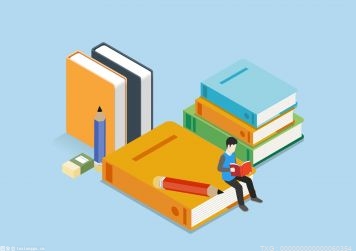


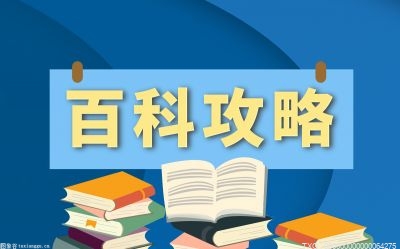


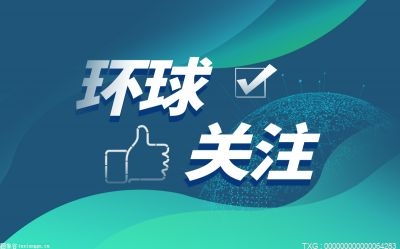




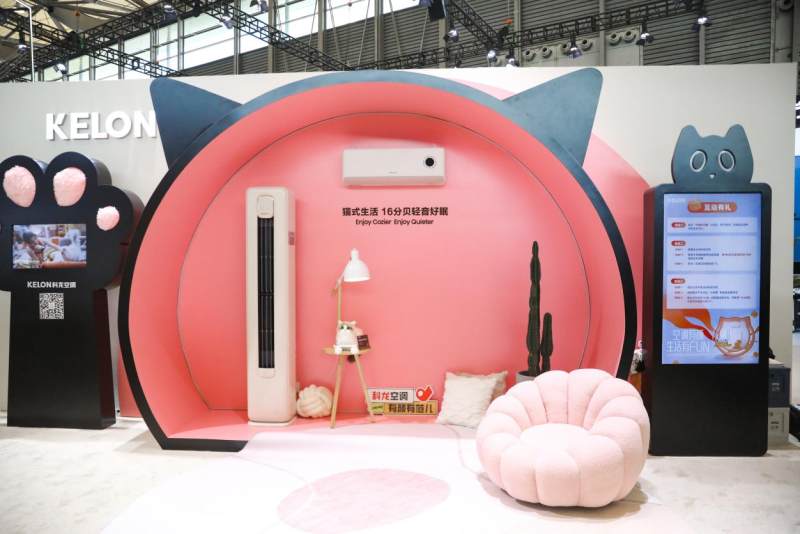
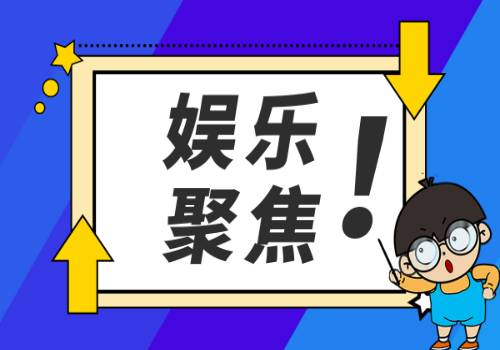


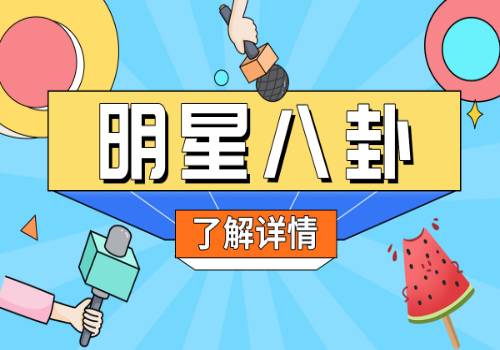
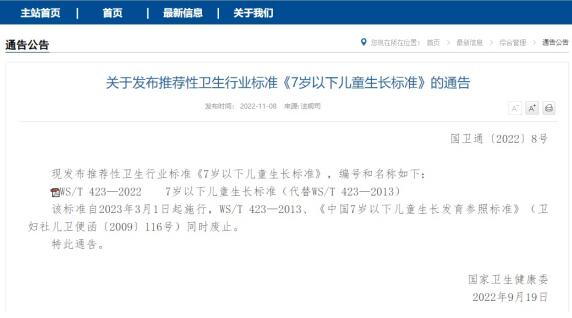
 營業執照公示信息
營業執照公示信息